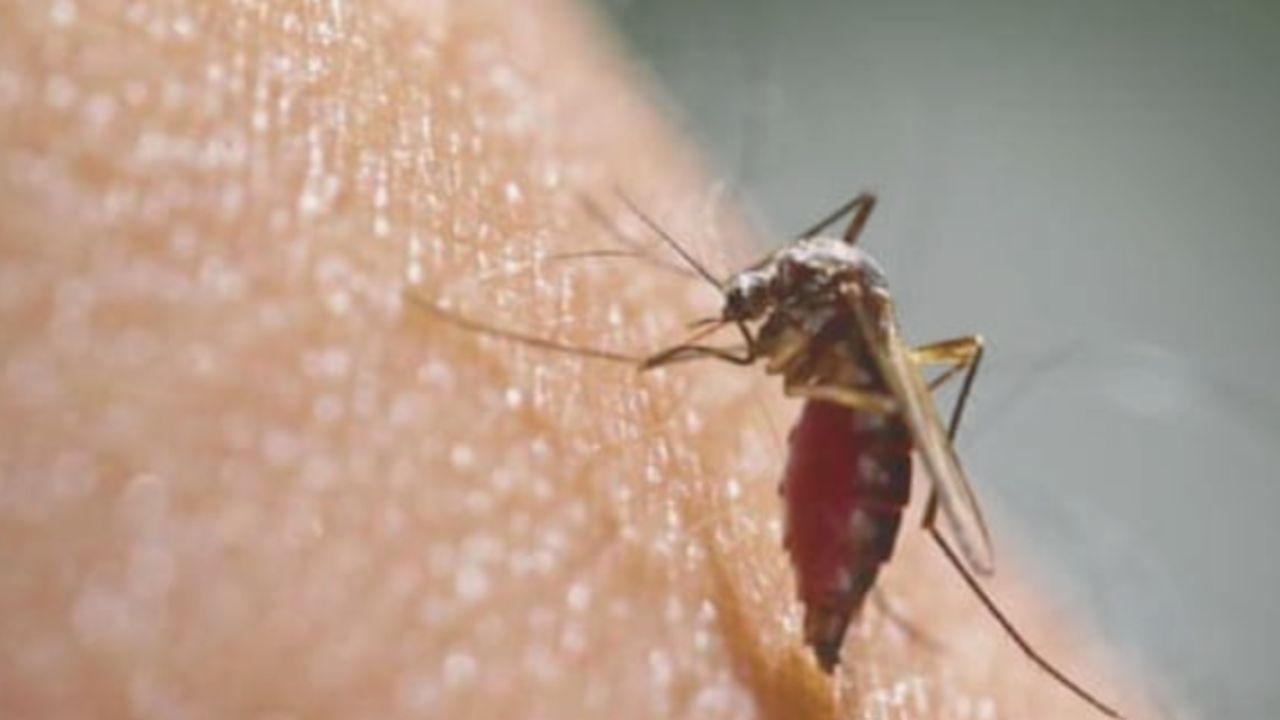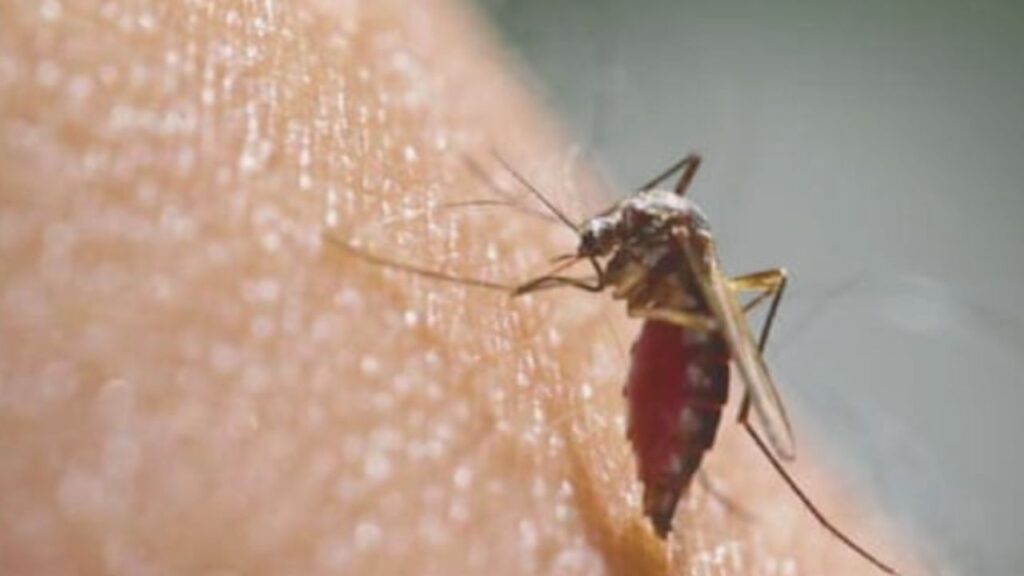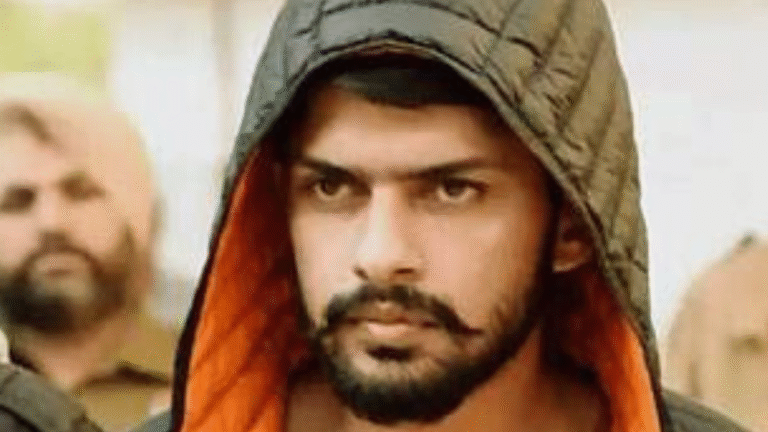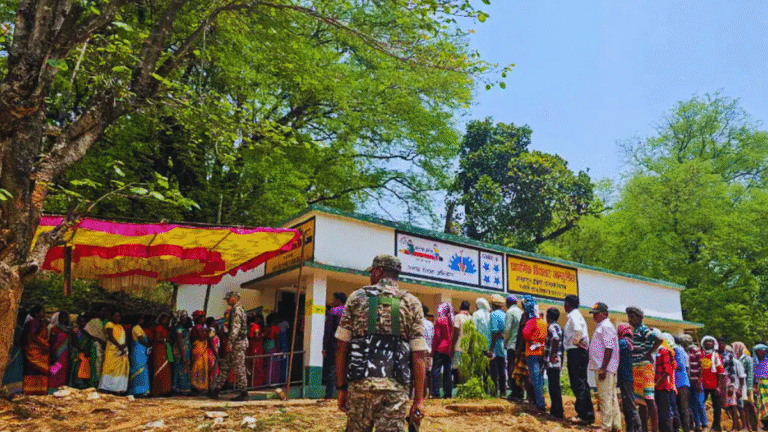
As the monsoon rains drench Delhi, the city finds itself grappling with a sharp rise in malaria cases, triggering concerns across residential neighborhoods and healthcare facilities. Hospitals in the national capital have reported a notable surge in mosquito-borne infections, with malaria leading the chart, followed closely by dengue and chikungunya.
According to health authorities, the combination of stagnant water, high humidity, and warm temperatures has created an ideal breeding environment for mosquitoes, particularly the Anopheles species, which transmits the Plasmodium parasite responsible for malaria.
Why Malaria Is Rising in Delhi This Monsoon
Dr. Ritu Verma, a senior epidemiologist at a prominent Delhi hospital, explains:
“This year’s extended spell of rain has increased the risk of vector-borne diseases. Construction sites, uncovered water containers, clogged drains, and even flower pots have become hotbeds for mosquito breeding.”
She adds that delayed fogging efforts and limited public awareness about basic preventive measures are making it harder to curb the spread.
Current Situation: Numbers That Worry
As per the Municipal Corporation of Delhi (MCD), over 250 malaria cases have already been documented since the start of the monsoon season — a steep jump from the same period last year. Local clinics and hospitals are also seeing a spike in patients reporting high fever, chills, body aches, and vomiting — classic symptoms of malaria.
Symptoms to Watch Out For
Early detection is key to managing malaria effectively. Be vigilant for the following symptoms:
- High-grade fever with chills
- Sweating and body pain
- Nausea or vomiting
- Headaches
- Fatigue or weakness
- Anemia (in prolonged cases)
If you or a family member experiences these symptoms, especially after a mosquito bite, consult a doctor immediately for a blood test and diagnosis.
Expert-Backed Tips to Stay Safe from Malaria
To protect yourself and your family during this high-risk season, here are Dr. Verma’s top tips:
1. Eliminate Stagnant Water
Mosquitoes lay eggs in stagnant water. Ensure that water does not collect in flowerpots, AC trays, coolers, unused tires, or construction sites. Clean and empty water containers at least once a week.
2. Use Mosquito Nets and Repellents
Sleep under mosquito nets, especially during the night when Anopheles mosquitoes are most active. Apply mosquito repellents containing DEET or picaridin on exposed skin.
3. Wear Protective Clothing
Opt for long-sleeved shirts and full-length pants when stepping out, especially around dawn or dusk.
4. Keep Surroundings Clean
Clear garbage and leaf litter regularly. Ensure that drains are not clogged and sewage isn’t leaking or pooling near your home.
5. Install Mesh Screens
Install fine mesh screens on windows and doors to prevent mosquitoes from entering the home.
6. Avoid Outdoor Exposure at Peak Hours
Try to stay indoors during peak mosquito activity hours — typically between dusk and dawn.
7. Community-Level Action

Participate in neighborhood awareness drives and push local authorities for timely fogging and larvicidal spraying.
What the Government Is Doing
The Delhi government and MCD have stepped up awareness campaigns in schools, housing societies, and markets. Regular fogging operations, health check-up camps, and home inspections are being conducted, but officials admit the efforts require greater public cooperation to be truly effective.
Stay Alert, Stay Protected
With malaria cases climbing steadily, awareness and preventive care are your strongest defenses. The monsoon brings relief from heat but also heightens health risks. By following expert guidance and maintaining hygienic surroundings, residents can not only safeguard their own health but also contribute to a malaria-free Delhi.
If you experience any symptoms, do not self-medicate — early medical intervention saves lives.
Let me know if you’d like a social media version, infographic format, or local data integrated into this article.






